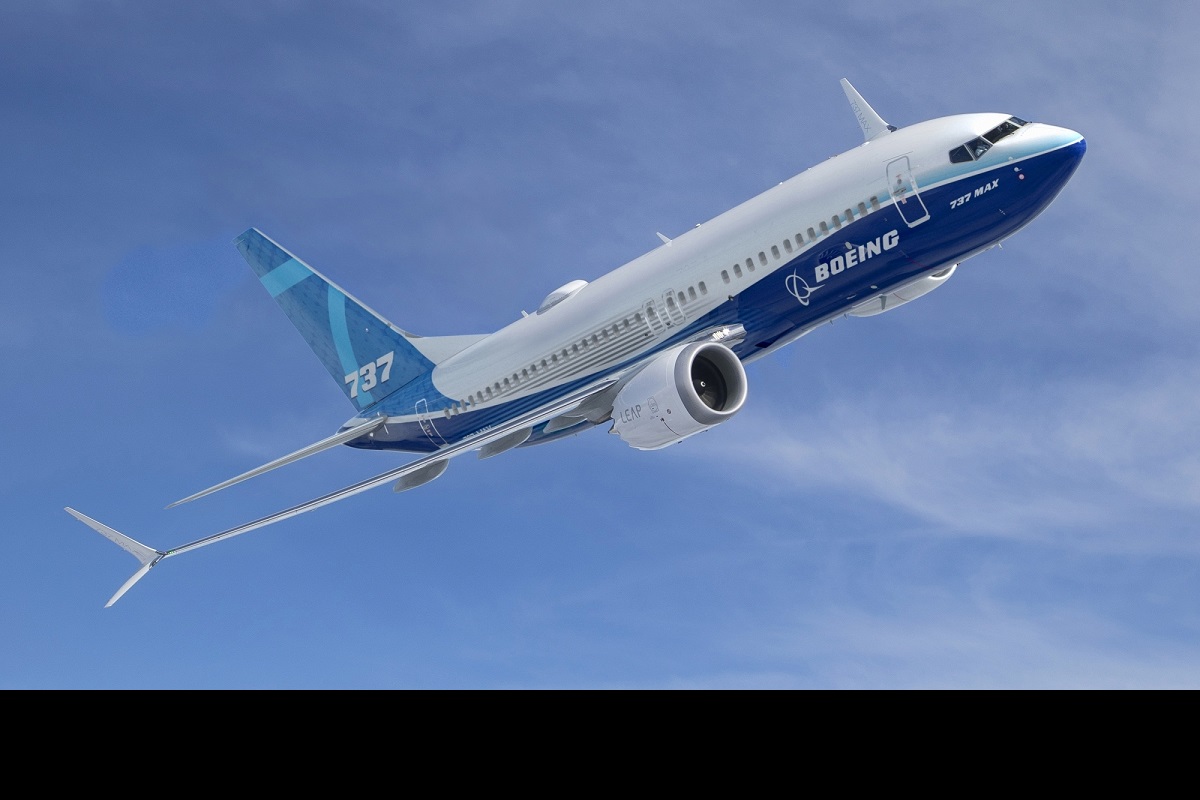Pilots from the three American carriers that fly the Boeing 737 MAX planes tested software changes developed by the company to a key stabilisation system, a media report said on Monday.
The changes are intended to decrease the chances of triggering the Manoeuvering Characteristics Augmentation System (MCAS) which is believed to have played a role in the Lion Air crash last October that killed 157 people, informed sources told CNN on Sunday.
Advertisement
The Federal Aviation Administration (FAA) has said there were similarities between that crash and the second 737 MAX crash of the Ethiopian Airlines flight 302 on March 10 that killing all 189 people on board.
Pilots and training officials from Southwest Airlines, American Airlines and United Airlines met Boeing officials on Saturday to review the software changes in the Seattle area, where the model is assembled, according to the sources.
At the gathering, pilots from the three American carriers, plus two smaller non-US airlines, ran simulated flights designed to mimic the situation that brought down the Lion Air flight, using the current and updated software.
Each pilot using the flight simulator landed the plane safely, the person said.
In the simulations with the current MCAS software, the test pilots used existing procedures to disable the system, while test flights using the new software required less intervention from the pilots, the person said.
The updated software designed by Boeing uses input from two sensors on the nose of the plane, instead of one, and is designed to not trigger the MCAS system repeatedly, which is believed to have pitched the Lion Air plane’s nose down so sharply that the pilots’ attempts to regain control were futile.
In a statement on Sunday, Boeing called the meeting a “productive session” and said that they had invited more than 200 pilots and technicians, as well as regulators, to an informational session at the company’s production facility in Renton, Washington, on Wednesday.
“This is part of our ongoing effort to share more details about our plan for supporting the safe return of the 737 MAX to commercial service,” Boeing said.
“We had a productive session this past Saturday and plan to reach all current and many future MAX operators and their home regulators. At the same time, we continue to work closely with our customers and regulators on software and training updates for the 737 MAX.”
But the FAA is not expected to allow the dozens of 737 MAX planes it grounded back into the air until it learns more about the causes of the Ethiopian Air crash, CNN reported.
Data from the flight data and cockpit voice recorders is being analyzed in Ethiopia.
US air carriers would like to see the plane return to the sky. American, which has 24 MAX aircraft in its fleet, and Southwest, which has 34, agree with union statements that their pilots are trained well enough to deal with the incidents that the Lion Air pilots encountered.
American alone is cancelling dozens of flights a day as a result of the grounding of the MAX aircraft.
On Sunday, the airline said in a statement that the cancellations would continue through April 24, resulting in 90 flights grounded every day.











